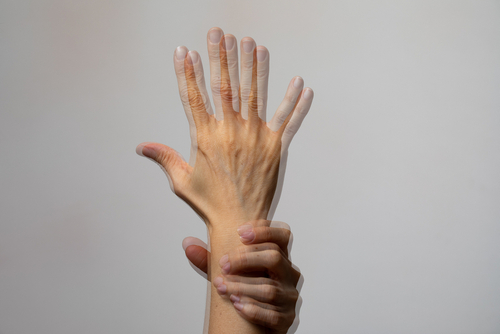
Double vision, or diplopia, is a symptom where a person sees two images of a single object. The images can be side by side, on top of each other, or a mix of both. It can occur in one eye or both eyes. It is a complex condition with various causes and symptoms. However, with the guidance of an optometrist and the right treatment plan, it's possible to manage or even overcome it.
Understanding Double Vision
A number of factors can cause double vision. These include problems with the cornea, lens issues, muscle weakness, nerve damage, brain problems, or a combination of these. Conditions such as strabismus, cataracts, and cranial nerve palsies can all lead to double vision. It's important to remember that double vision is a symptom of these conditions rather than a disease itself.
The symptoms of double vision can be as varied as the causes. Aside from seeing double images, some people might experience headaches, nausea, or weakness in the eyes. Others may notice a misalignment in their eyes or find it hard to keep their eyes open.
Recognizing the causes and symptoms of double vision is an essential step towards seeking appropriate treatment. Understanding these aspects can also help you manage the condition better, which can significantly improve your quality of life.
The Role of an Optometrist in Identifying Double Vision
An optometrist plays a crucial role in identifying double vision. These professionals specialize in examining, diagnosing, treating, and managing diseases and disorders of the visual system. In the case of double vision, an optometrist would carry out a comprehensive eye examination, which could include tests to check how well your eyes focus, move, and work together.
The optometrist might use various tools and techniques to diagnose double vision. These could include cover tests to identify whether the double vision is monocular or binocular, and prism tests to measure the degree of misalignment in the eyes. They may also use retinoscopy or refraction tests to detect refractive errors that could cause double vision.
The role of the optometrist doesn't end with diagnosis. They are also instrumental in guiding the patient through the treatment process, which can range from prescribing corrective glasses or contact lenses to referring the patient to a specialist for further treatment.
Treatment Options for Double Vision
Once double vision has been diagnosed, there are several treatment options available, depending on the underlying cause. General treatment options include wearing glasses with special lenses, using an eye patch, and doing eye exercises.
Glasses with special lenses, or prisms, are used to align the two images into one. These prisms can be temporary or permanent, depending on the severity of the double vision. An eye patch can also be used to block one eye, eliminating the double image. However, this might restrict peripheral vision.
Eye exercises can be beneficial for those whose double vision is caused by weak or imbalanced eye muscles. These exercises aim to strengthen the eye muscles and improve eye coordination.
Managing Your Double Vision Effectively
Overcoming double vision requires a comprehensive approach that involves understanding the condition, seeking professional help, exploring various treatment options, and being patient. Overcoming double vision doesn't necessarily mean getting rid of it completely, but rather managing it in a way that allows you to live a fulfilling life.
Don't let double vision limit you. Seek help and explore your options today. Visit Lookout Eyecare at our office in San Antonio, Texas, or call (210) 236-7273 to schedule an appointment.











